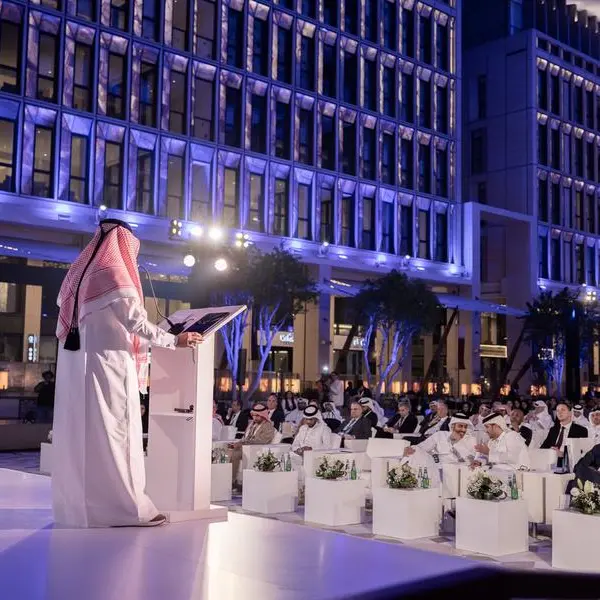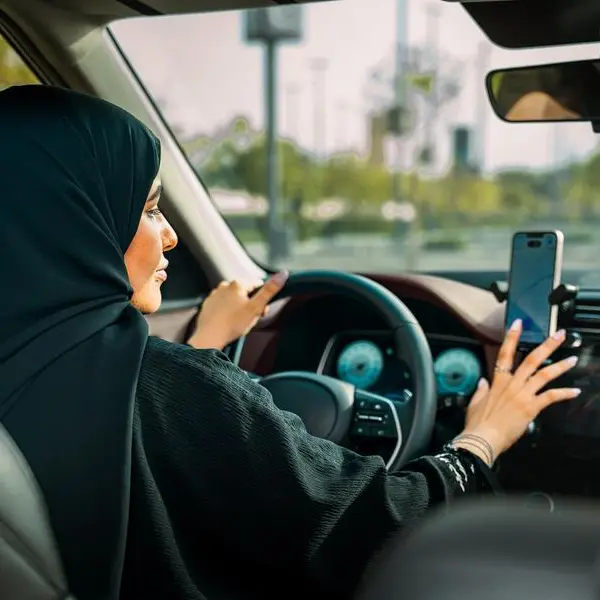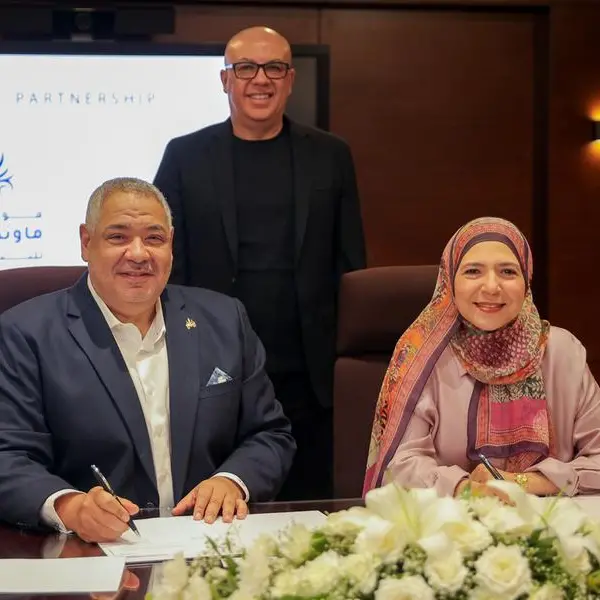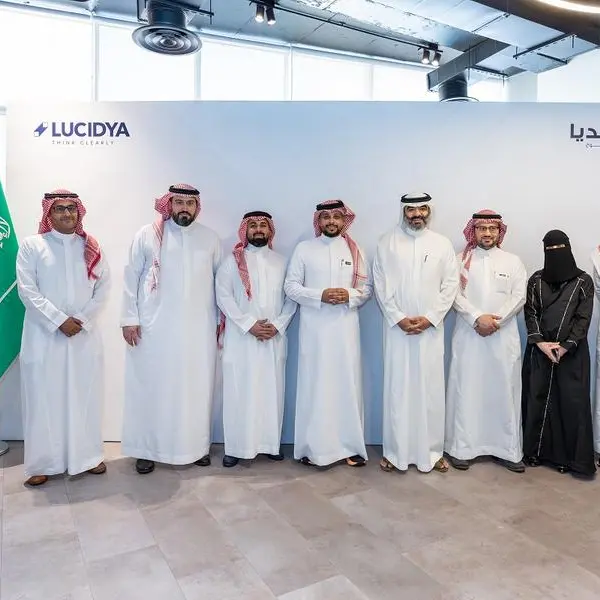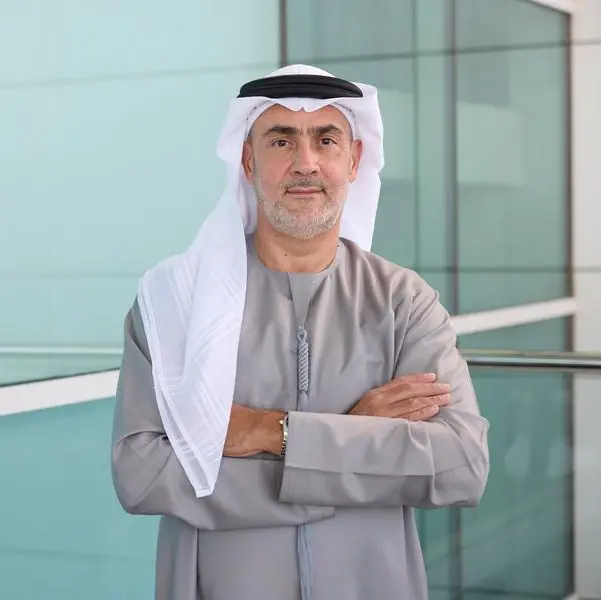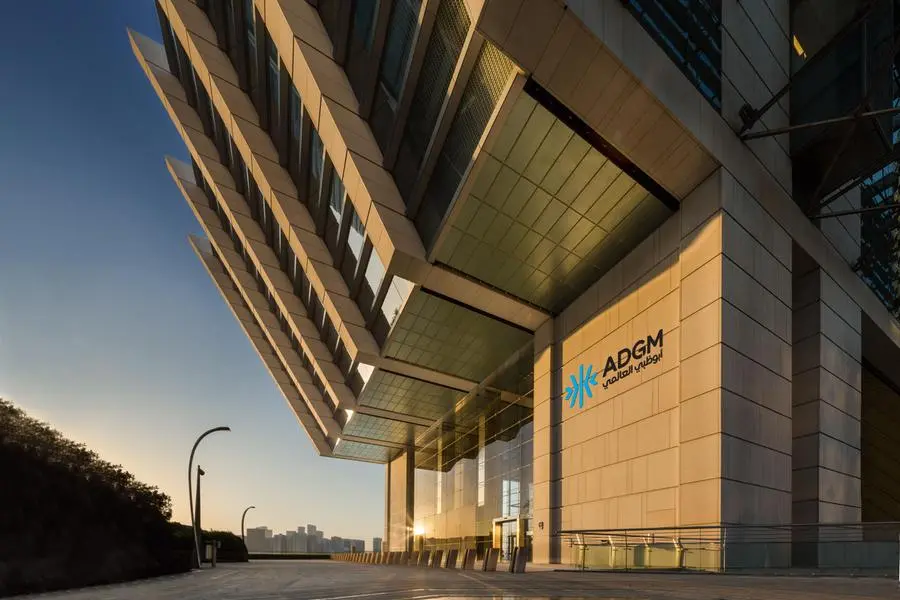Business enterprises, no matter what their size or area of focus - whether manufacturing, energy, transportation, infrastructure or beyond – are confronted by the digital transformation. New digital technologies are driving a paradigm shift in how organizations operate, disrupting business models and working practices. Technologies such as cloud computing, self-learning machines and devices, digital simulation, automation and data analytics. This orchestration of technologies, often referred to as Digitalization or the Internet of Things (IoT), or in manufacturing as Industrie 4.0, promises greater productivity across the value chain from design and engineering, to operational functionality and manufacturing and to service and maintenance. Data generated continuously along the value chain is what enables this.
The Saudi Vision 2030 and National Transformation Program therefore capture the opportunities of digital transformation in Saudi Arabia with the view to drive the next level of technological empowerment and competiveness for the Kingdom and its society.
Prof. Dr. Rainer Speh, Chief Technology Officer at Siemens Saudi Arabia, argues “Our world is becoming ever more connected. Billions of intelligent devices and machines generate massive data, bridging the real and virtual worlds. Data is the new “raw material” and turning this data into value is a key success factor for companies, economies and entire societies.”
The markets for software solutions and digital services are predicted to grow tremendously and traditional businesses will be forced to continuously evaluate and upgrade their portfolios to remain competitive.
In addition, start-ups bring their innovative strength, inventiveness and speed. With customers across the world, and the determination to make Siemens even faster and more innovative, the company recently launched next47, a separate unit within the Group to foster disruptive ideas more vigorously and accelerate the development of new technologies. The name “next47” has its origin in the year of Siemens’ founding in Germany in 1847.
Arja Talakar, CEO of Siemens Saudi Arabia adds, “Siemens has the domain know-how to transfer big data generated by customer systems into rich information that enables smart choices. By simulating real world objects and assets by means of digital twins, we work with our customers to optimize their assets and get the maximum benefit out of them”.
Throughout its history of 170 years, Siemens has witnessed, shaped and led several industrial revolutions since. The first industrial revolution started with the invention of steam engines and the intelligent use of hydropower at the end of the 18th century, followed by the discovery and use of electricity in industry at the end of the 19th century. The expansion of electronics and information technology enhancing computerized system controls in the industrial environment shaped the third industrial revolution in the 1970s. The fourth industrial revolution is characterized by the merging of the real and virtual worlds, and we see this happening in several industrial sectors. In Germany, this fourth revolution is commonly known as “Industrie 4.0”.
Product Lifecycle Management (PLM) software from Siemens provides an example of how the merging of the two worlds happens. The software is used to virtually develop and extensively test products before a single screw is turned in real life. With this technology, products reach the market much faster and with better quality standards. This happens by way of simulation with a digital twin – a virtual image of the product into which different designs of its individual components can be inserted and tested along the entire development chain. This approach was used to simulate the landing of the Mars Curiosity Rover in 2012. The landing was tested 8,000 times using Siemens PLM software.
According to Prof. Speh, “In intelligent factories of the future everything will be interconnected. The vision of tomorrow's manufacturing: Intelligent factories, machines, raw materials, and products communicating within the "Internet of Things (IoT)" and cooperatively driving production. Products find their way independently through the production process. The objective: highly flexible, individualized and resource-friendly mass production. That is the vision for the fourth industrial revolution and Siemens is playing a major role in shaping the future of manufacturing.”
Automation and digitalization go hand in hand and are the key levers for operational efficiency. Companies with advanced software, equipment and know-how can generate performance improvements across the entire value chain.
In Saudi Arabia, Siemens combined systems, software and hardware that enabled the remote monitoring of pressure, flow and temperature at Ghawar oil field, the largest in the world. Previously, these measurements were done manually and the new solution for the 640 wells immediately increased the overall efficiency.
The energy sector, in particular, stands to benefit from digitalization. A high-performance gas turbine, for example, has around 1,300 sensors and each of them is collecting data. The sensors deliver data that is stored in the cloud and when that data is analyzed it produces meaningful insights for customers, which bring increased efficiency resulting in competitive advantage. The applications are the same in other process industries like food and beverage and petrochemicals, where plant hardware provides data that can be analyzed to guide utilities and plant owners in determining their asset service schedules or even inform their investment planning based on factors such as utilization rates, fuel consumption and maintenance data.
Arja Talakar concluded, “In the future, successful companies will be those who know how to leverage their data. They will know how to separate data with real operational and enterprise value from everything else, at each stage in the value chain. We therefore continuously work with our partners towards shaping the digital future of the Kingdom of Saudi Arabia in line with Vision 2030.”
Siemens in Saudi Arabia:
Being active in the Kingdom for more than 85 years, with more than 2,000 employees today, Siemens is delivering innovative solutions to its customers, partners and the society in Saudi Arabia, contributing significantly to the development of the country's infrastructure. Together with our shareholder and long-term partner, E.A. Juffali and Brothers, we will carry on with our commitment and contribution to the development in Saudi Arabia.
“We make real what matters.” That’s our aspiration. That’s what we stand for. That’s what sets us apart. A reflection of our strong brand, it’s the mission that inspires us to succeed.
About
Siemens AG (Berlin and Munich) is a global technology powerhouse that has stood for engineering excellence, innovation, quality, reliability and internationality for more than 165 years. The company is active in more than 200 countries, focusing on the areas of electrification, automation and digitalization. One of the world’s largest producers of energy-efficient, resource-saving technologies, Siemens is No. 1 in offshore wind turbine construction, a leading supplier of gas and steam turbines for power generation, a major provider of power transmission solutions and a pioneer in infrastructure solutions as well as automation, drive and software solutions for industry. The company is also a leading provider of medical imaging equipment – such as computed tomography and magnetic resonance imaging systems – and a leader in laboratory diagnostics as well as clinical IT. In fiscal 2015, which ended on September 30, 2015, Siemens generated revenue of €75.6 billion and net income of €7.4 billion. At the end of September 2015, the company had around 348,000 employees worldwide. Further information is available on the Internet at www.siemens.com.
Contact for journalists
Baschar Kassar
Vice President – Communications and Government Affairs
Phone:+966 11 277 8434
E-mail: baschar.kassar@siemens.com
Follow us on Twitter at: www.twitter.com/Siemens_KSA
© Press Release 2016
